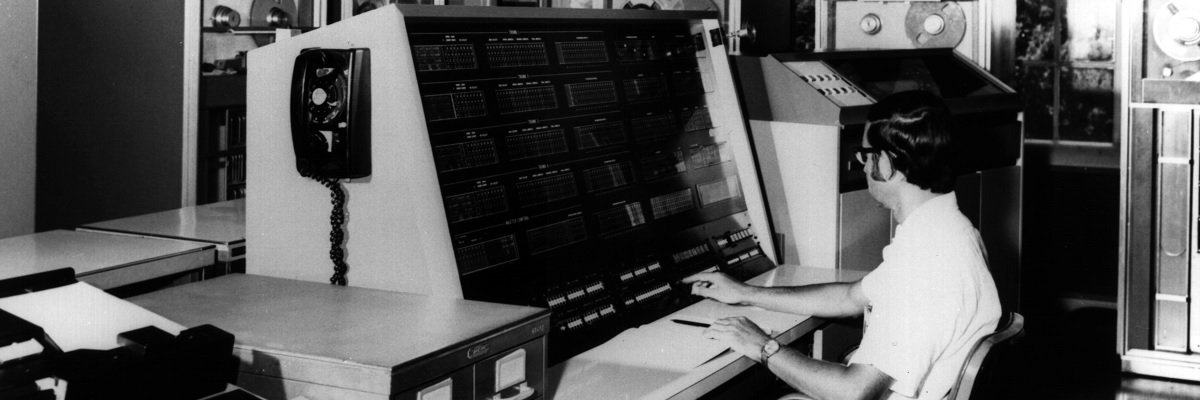Six weeks after a fertilizer explosion rocked the town of West, Texas, the U.S. Chemical Safety and Hazard Investigation Board has released its database of chemical accidents. The CSB’s database collates information from more than 8,000 incidents ranging from minor spills to leaks and explosions of mustard gas, ammonia and crude oil, providing a detailed snapshot of fatalities, injuries and the chemicals involved in each event.
The data was released to MuckRock days before chemical explosions broke out at two sites in Louisiana, a few miles away from each other. The database indicates that both companies involved in these latest explosions have previous leaks or incidents on their records.
The CSB indicates that the incident data was compiled from media reports, and that “only topical incidents may be retrospectively confirmed as necessary.” In addition to this margin of error for reporting, gaps in the database indicate that it is not comprehensive of all incidents. As such, the data is useful as a baseline minimum view of chemical spills and accidents, rather than for definitive trend mapping or finer analysis.
The database includes more than 8,000 separate incidents, with peak entries between 2004 to 2009. While every state and territory had at least one incident in the list (including Washington, D.C., Puerto Rico and Guam), ten states account for nearly half of incidents: Texas leads the herd with 806 incidents, followed by California and Pennsylvania with 569 and 415 entries, respectively.
The CSB database includes entries for a wide range of incidents, including the BP Deep Water Horizon spill off the Gulf Coast and the recent West Fertilizer Company explosion to more tame accidents like carbon monoxide warnings at local schools. Out of the 8,000 incidents, 2,700 involved fire and more than 1,700 were explosions.
Since 2001, the database includes 712 fatalities and more than 10,000 hospitalizations nationwide as the result of chemical incidents. Its plant explosion earns the West Fertilizer Company a spot among companies with the most accident fatalities. BP tops that list at 29 reported fatalities.
At 170 hospitalizations, the West Fertilizer Company is second only to Tyson Foods for most hospitalizations as a result of chemical incidents: the database puts Tyson’s hospitalizations at 240 since 2001.
A wide range of chemicals and substances are implicated in the database, from acids and poisonous substances to volatile gases. By far the most common substance reported is ammonia, which was involved in the West, Tex. explosion as ammonium nitrate, a fertilizer component. Other common substances include chlorine, propane and petroleum.
The database includes entries for mercury, arsenic and asbestos accidents, as well as two incidents involving mustard gas leaks.
You can find the entire CSB database as a .csv file here.
Image via Wikimedia Commons




